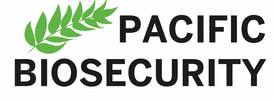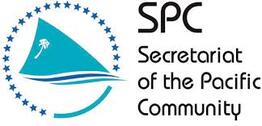|
In December 2014 the New Zealand Ministry of Foreign Affairs and Trade Aid Programme contracted Pacific Biosecurity to lead implementation of the Activity “Building resilience to biosecurity threats from invasive ants throughout the Pacific” over five years. This Activity completed at the end of 2019.
Our in-country partners were Tokelau EDNRE (Department of Economic Development, Natural Resources and Environment and Kiribati MELAD (Ministry of Environment, Land & Agricultural Development). Regional agency partners were the Secretariat of the Pacific Community (SPC) in Fiji, and Secretariat of the Pacific Regional Environment Programme (SPREP) in Samoa. The New Zealand partners were Pacific Biosecurity (PB) in Wellington and Pacific Invasives Initiative (PII) in Auckland. We were also aided by many colleagues in the Pacific and beyond, with special thanks to Ray Pierce of Eco Oceania and Viv Van Dyk and her team at Bait Technology/Flybusters Consulting. We delivered five outputs to contribute to our goal:
You can read more about our work under this project in Atafu, Fakaofo and Nukunonu in Tokelau, Kiribati and Tuvalu. |




